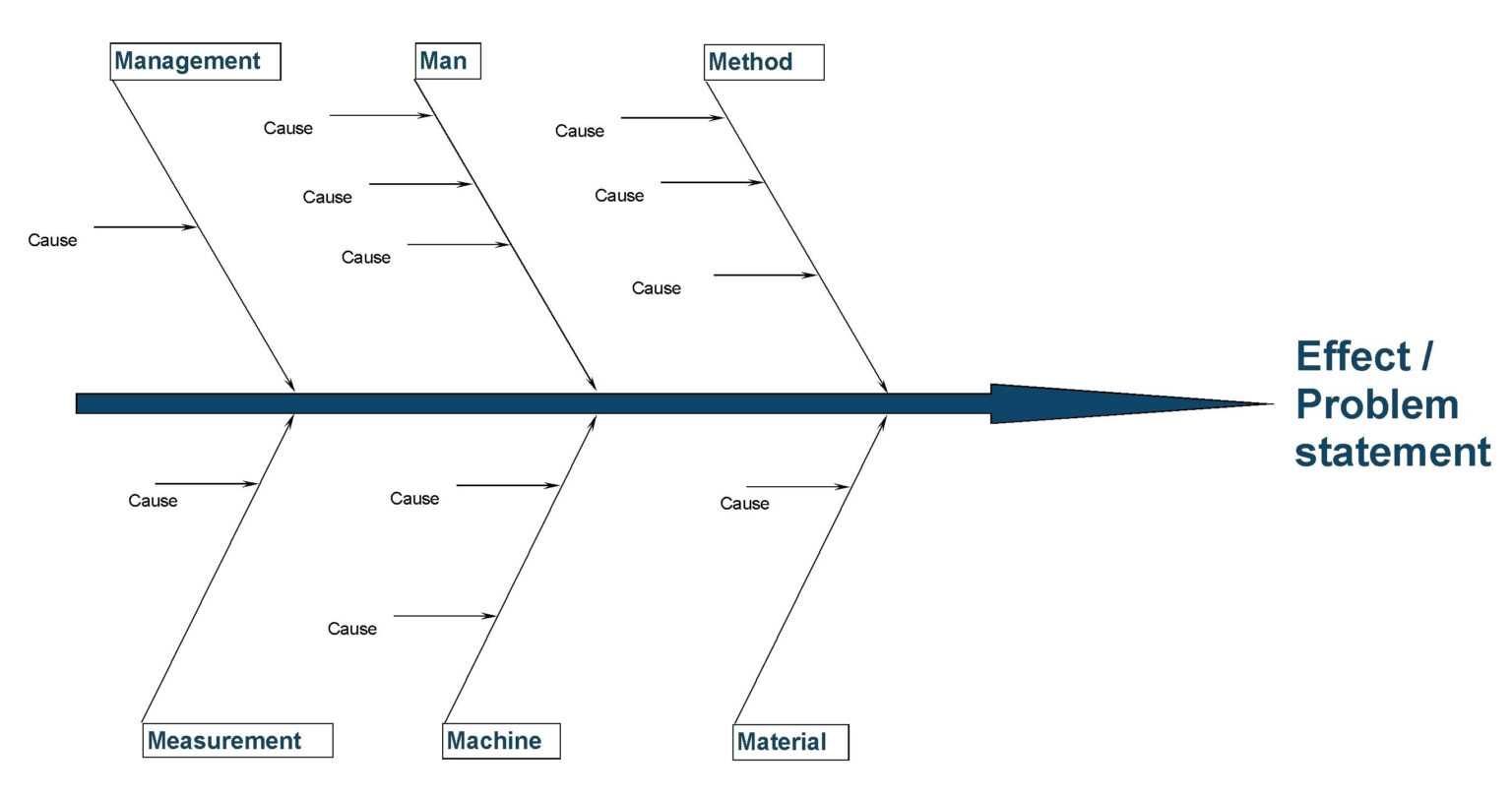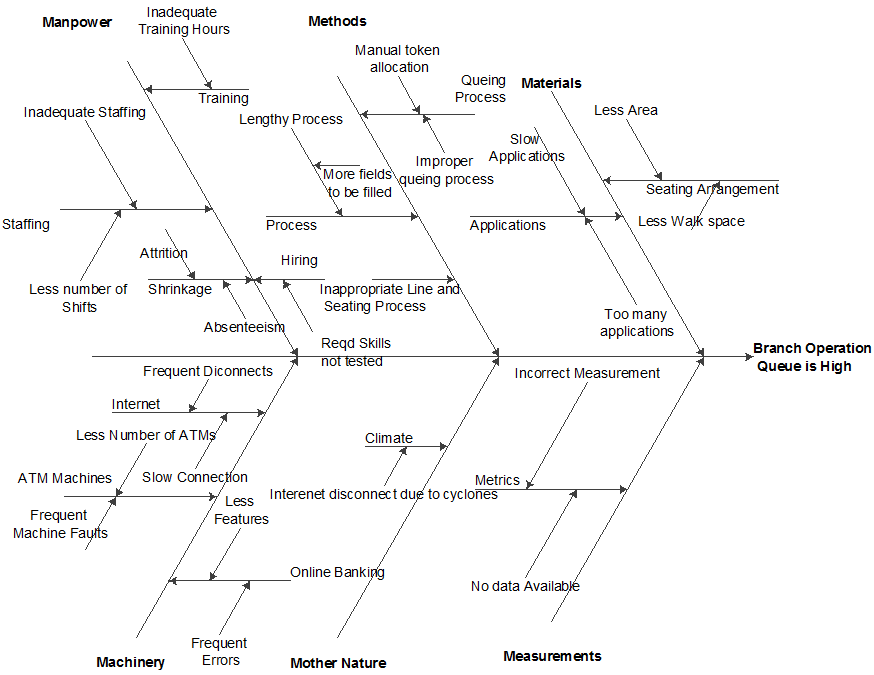

RCA methodology involves deeply investigating the underlying issues of problems that pop up, not just treating surface-level symptoms and putting out fires.įishbone diagrams help you visualize and explore the underlying causes of a particular problem. Root cause analysisįishbone diagrams provide a visual framework for root cause analysis and exploration. When you do a deep dive into potential causes, it becomes easier to find the right solutions. When a process or workflow isn't producing the desired outcomes, fishbone diagrams can help you diagnose the issues. To ensure your new products are truly filling a gap in the market, use a fishbone diagram to thoroughly explore your target customers' problems and the causes of those problems. In product development projects, fishbone diagrams are useful for exploring market opportunities and identifying issues with current market offerings. If you're still wondering when to use a fishbone diagram to support your problem-solving activities, read these fishbone diagram examples. It was developed to help people focus on various causes rather than automatically blaming an issue on human error.Įxamples of when to use a fishbone diagramįishbone diagrams are a useful tool for problem-solving, especially for tricky problems and ones that could stem from various causes. This type of diagram is mostly used in manufacturing. The man machines materials fishbone is another fishbone diagram with predefined categories. The 8P fishbone is commonly used to solve problems within the service industry, manufacturing, and administrative functions.


The 8P method is a problem-solving method that classifies possible causes of a problem into eight groups: physical evidence, personnel, place, product (service), price, promotion, process, and productivity/quality. The 4S fishbone is popular in the service industry and can be used to solve problems like poor customer feedback or high customer churn. On a 4S fishbone diagram, the four "bones" branching off from the spine are systems, surroundings, skills, and suppliers. Simple fishbone diagrams can be used in any industry or function.
ISHIKAWA DIAGRAM TEMPLATE FREE
This type of diagram does not have predefined categories, so you are free to use whatever categories or labels make the most sense for your scenario. The most commonly used fishbone diagram is the simple fishbone. Review the different types, and choose which one is the best fit for your needs. To represent secondary causes contributing to primary causes, drag Secondary cause shapes onto the drawing page and snap the arrowheads to primary cause lines.There are a few main types of fishbone diagrams, each with unique features and ideal use cases. To represent major causes contributing to the categories, drag Primary cause shapes onto the drawing page and snap the arrowheads to category lines.

To delete a category, select the shape and then press the DELETE key.įor each category shape on the drawing page, select the shape, and then type the name of the cause category. To add a category, drag a Category 1 or Category 2 shape onto the drawing page and position it so that the arrowhead is touching the spine. Select the spine (the horizontal arrow) on the drawing page, and then type text that describes the effect, problem, or objective.ĭetermine the number of cause categories that contribute to the effect, and then do one of the following: This template also provides a variety of shapes that represent primary and secondary causes that can be used to add even greater detail.Ĭlick File > New > Business, and then double-click Cause and Effect Diagram. The Cause and Effect Diagram template opens a drawing page that already contains a spine shape (effect) and four category boxes (causes) to help start your drawing. They are also called Ishikawa, fishbone, or characteristic diagrams. Cause and effect diagrams document all the factors that contribute to or affect a given situation: all the causes, that is, that lead to a certain effect.


 0 kommentar(er)
0 kommentar(er)
